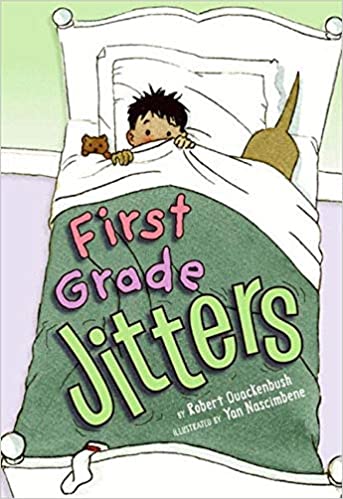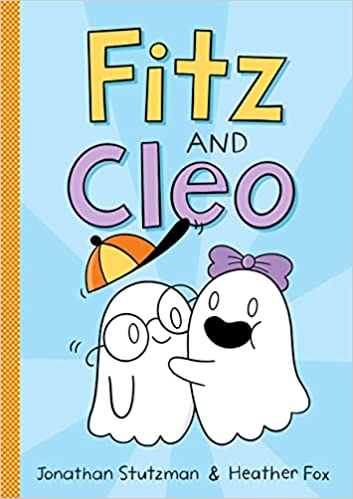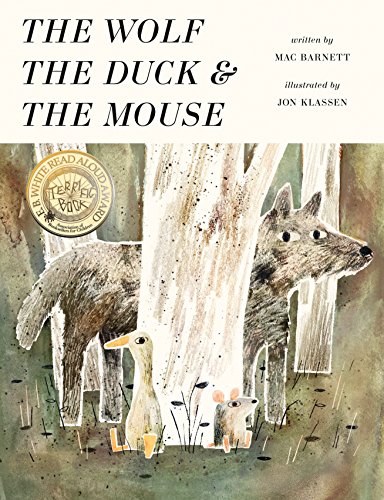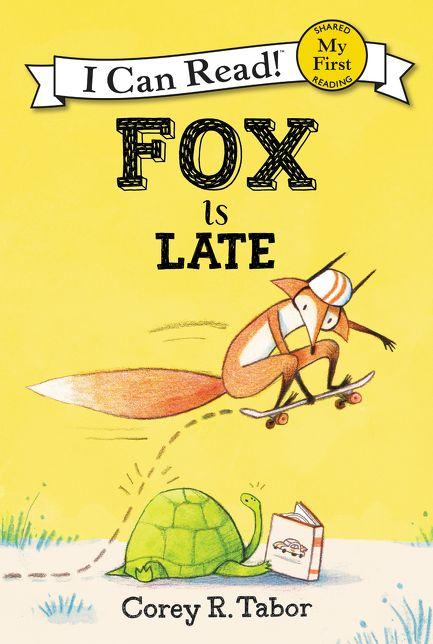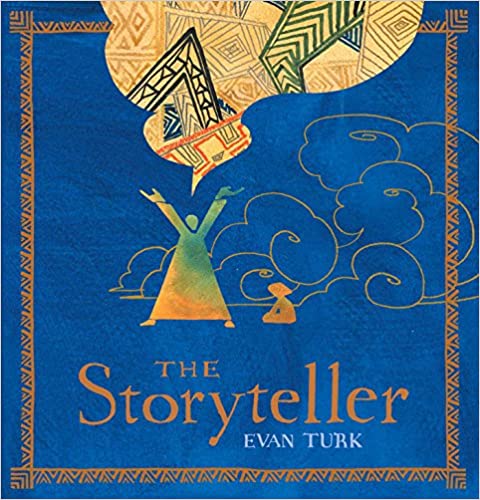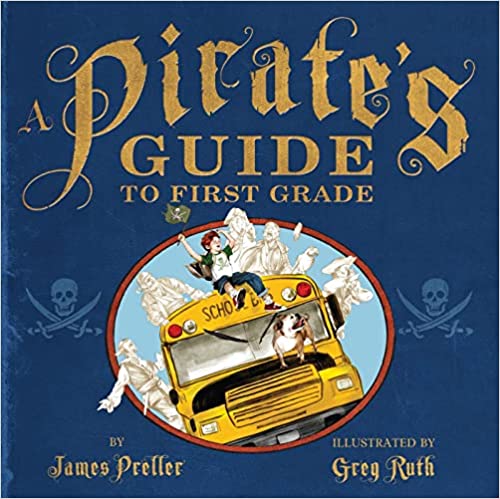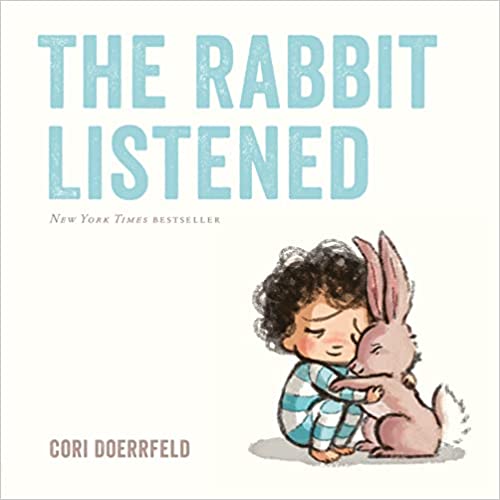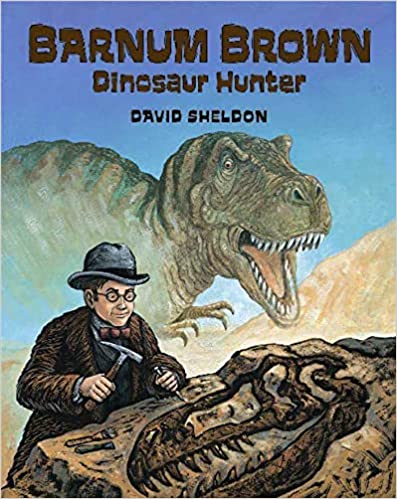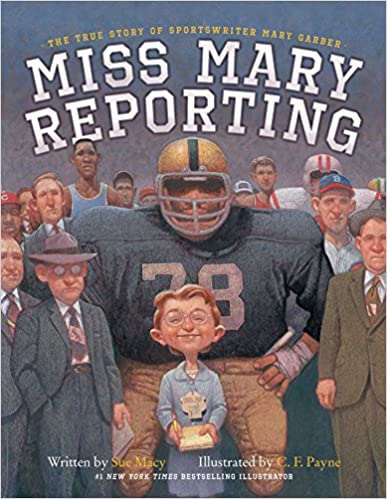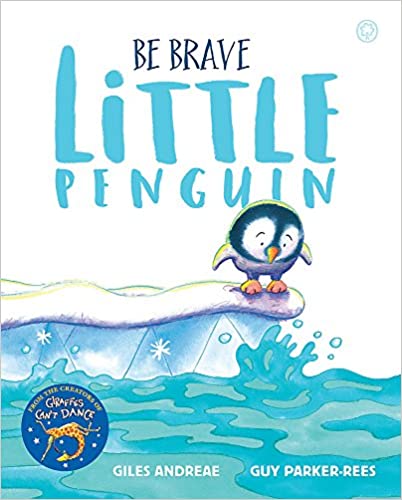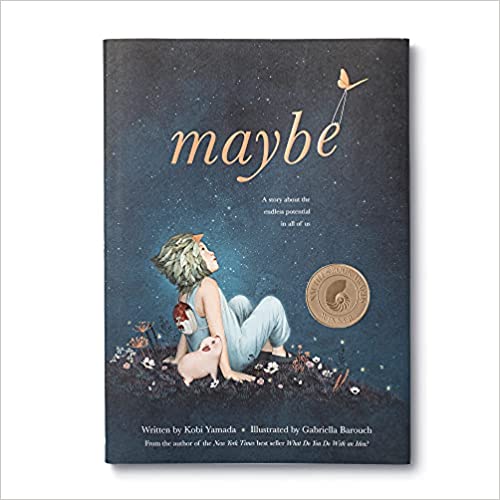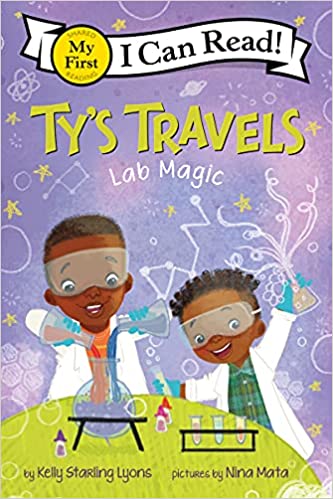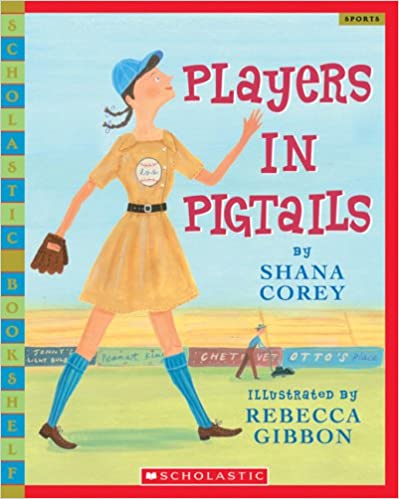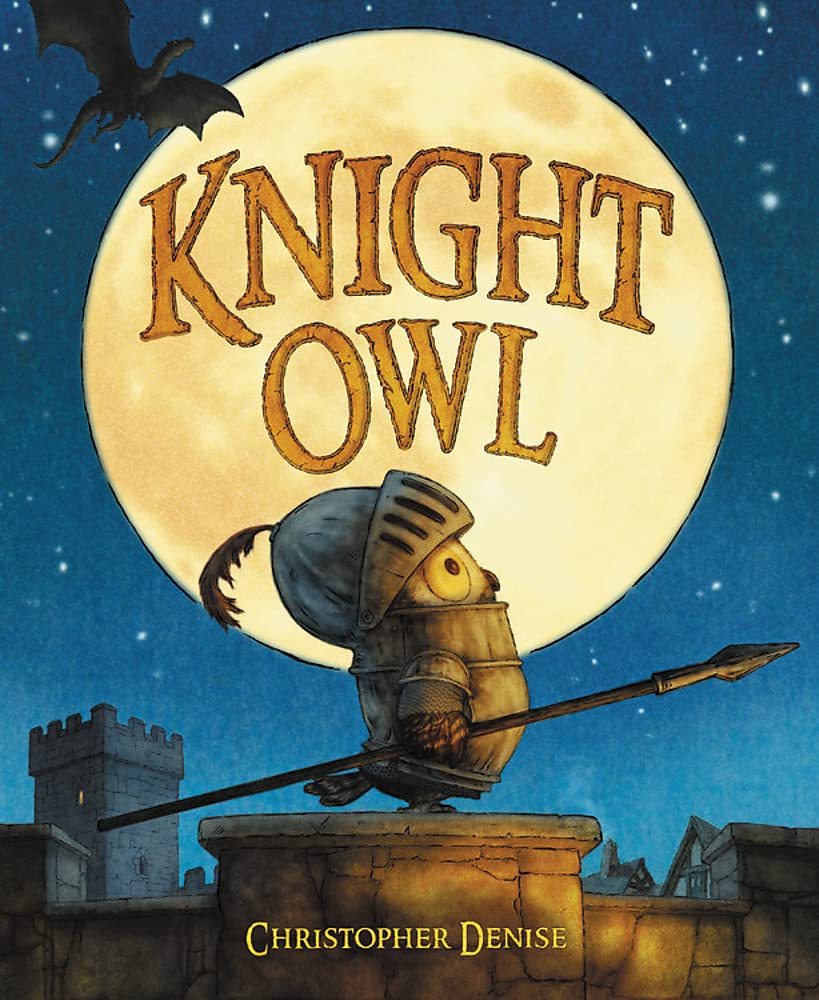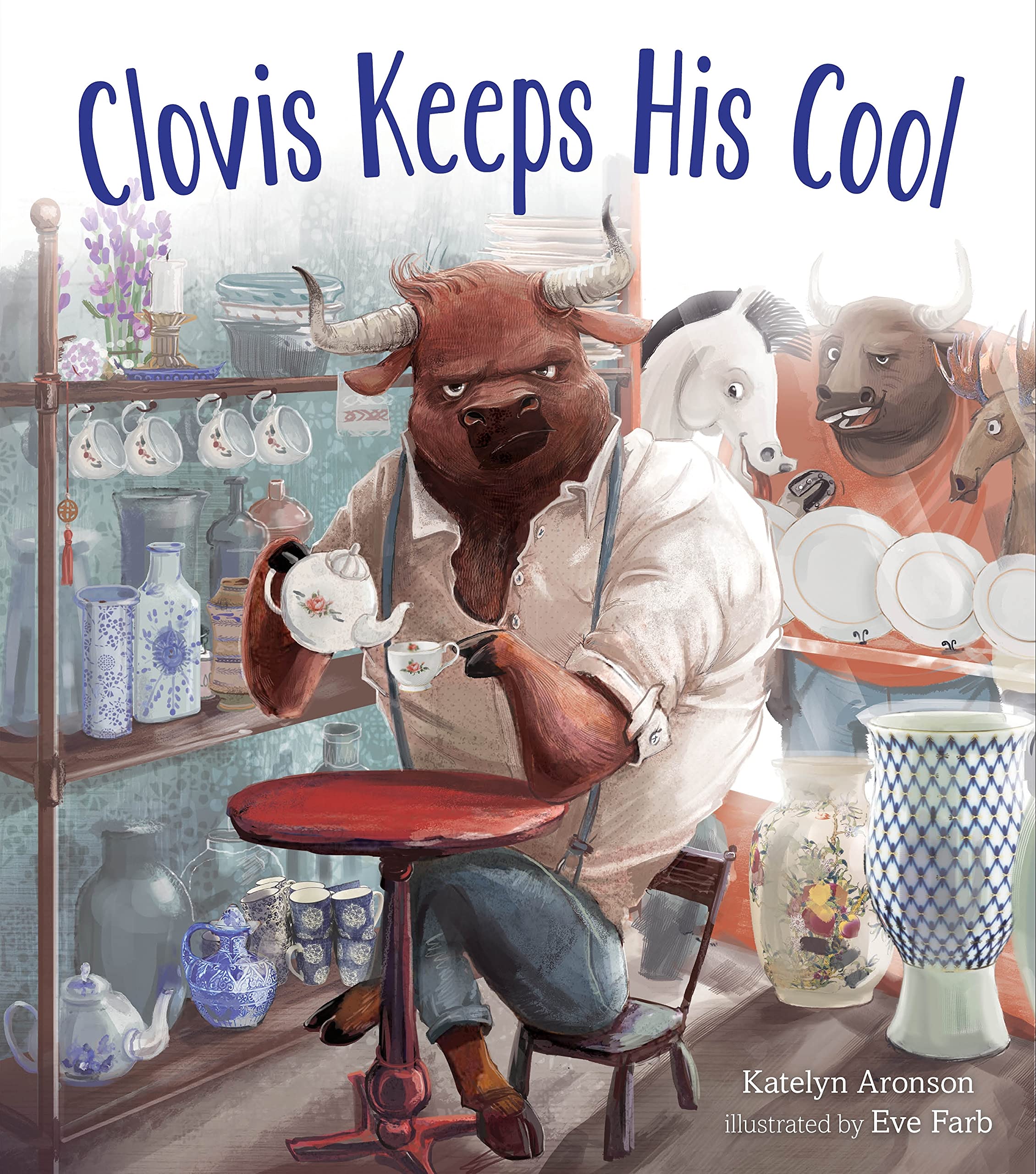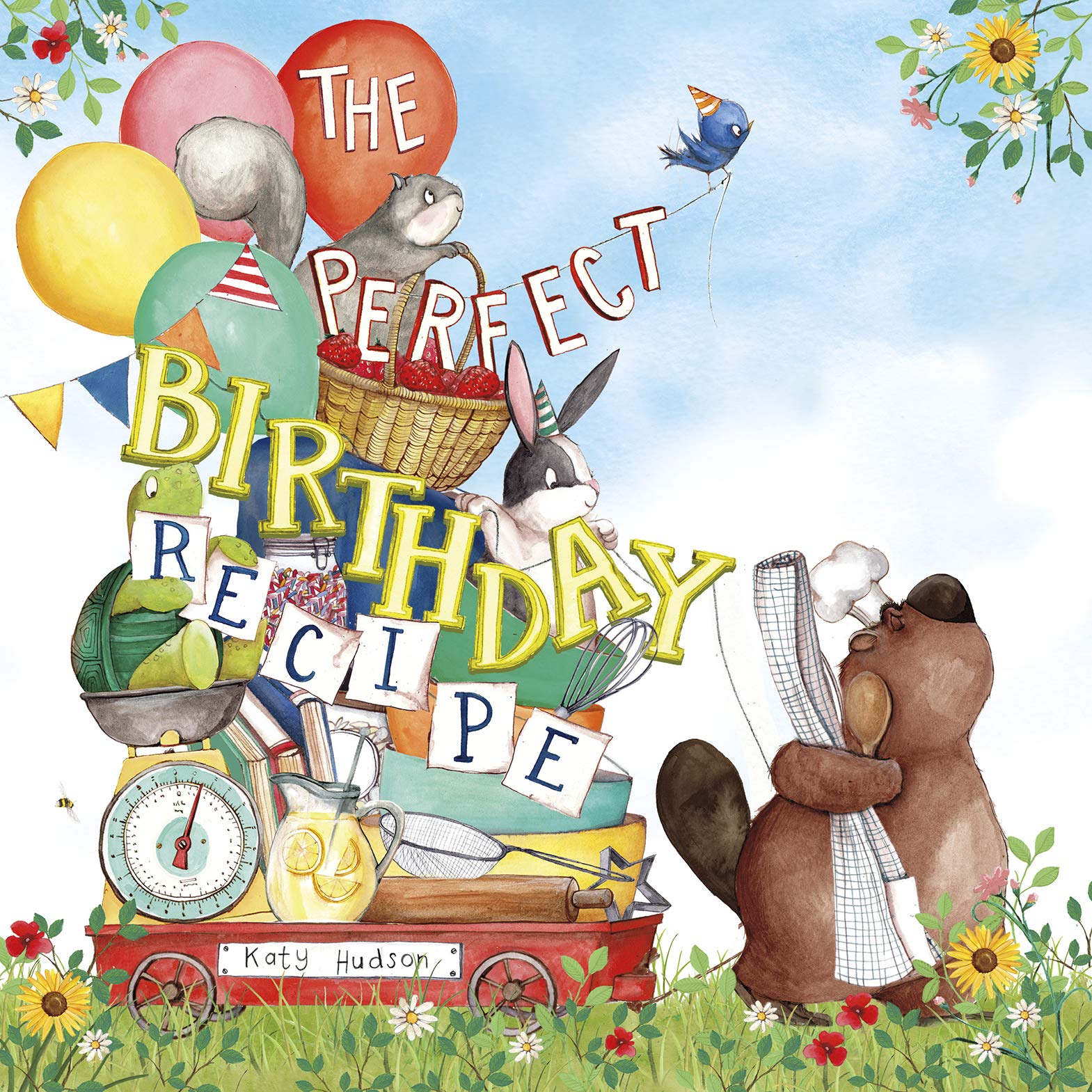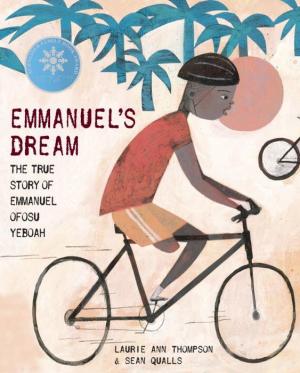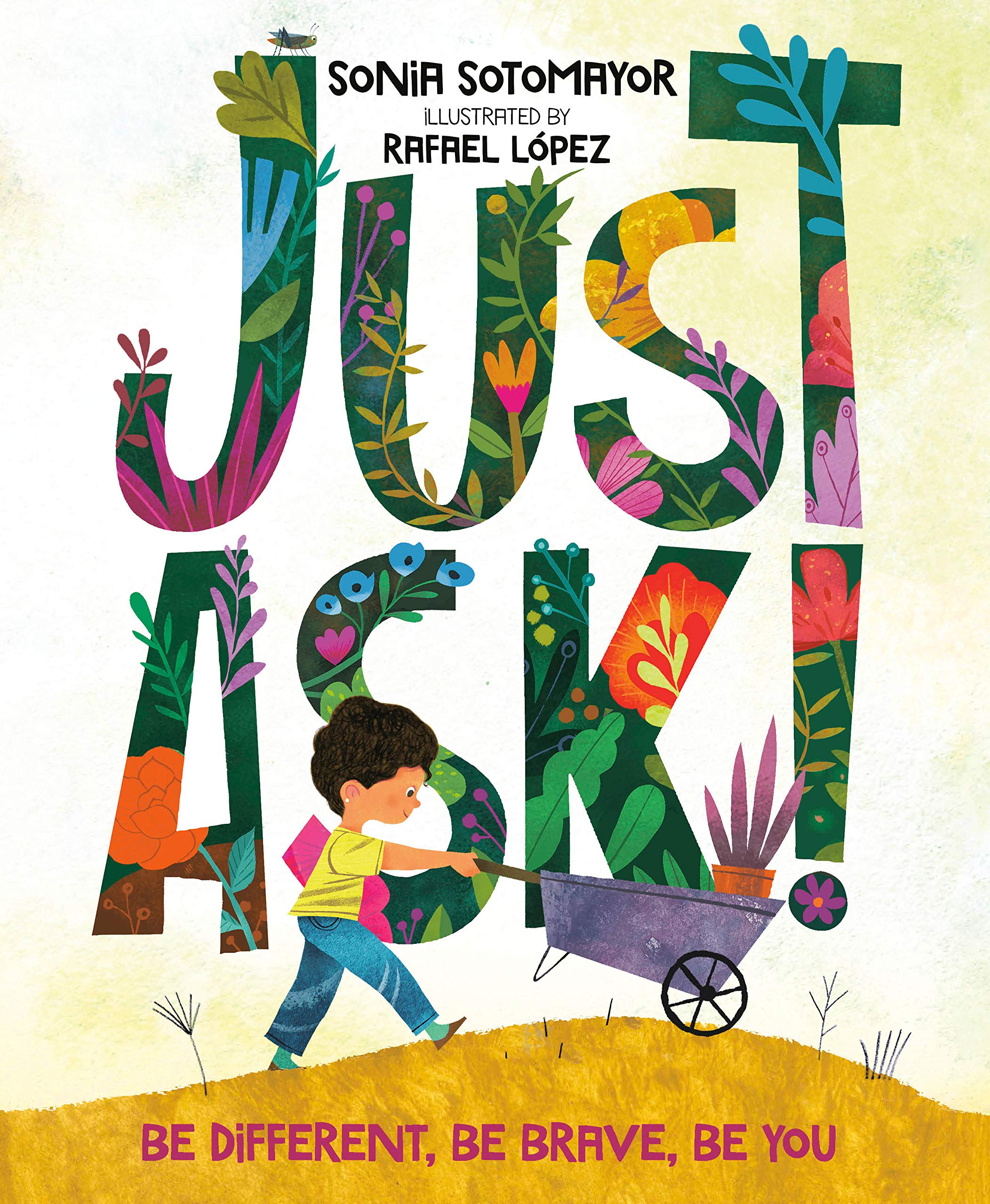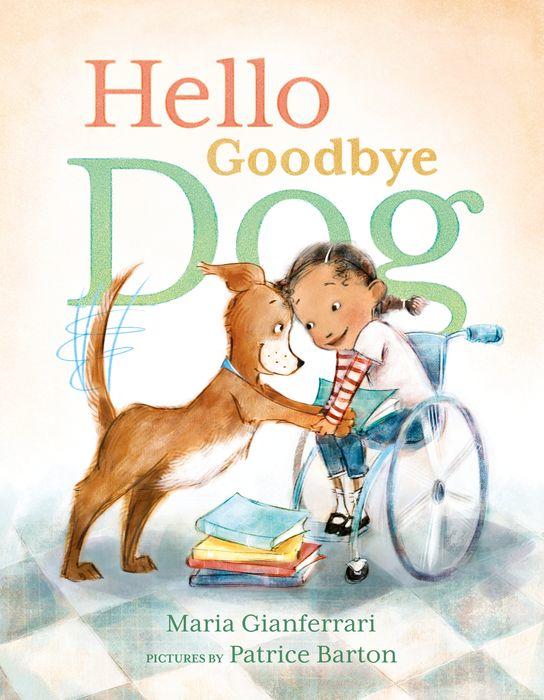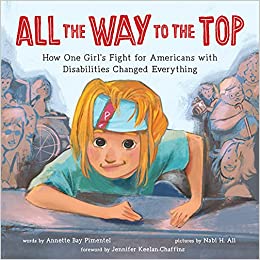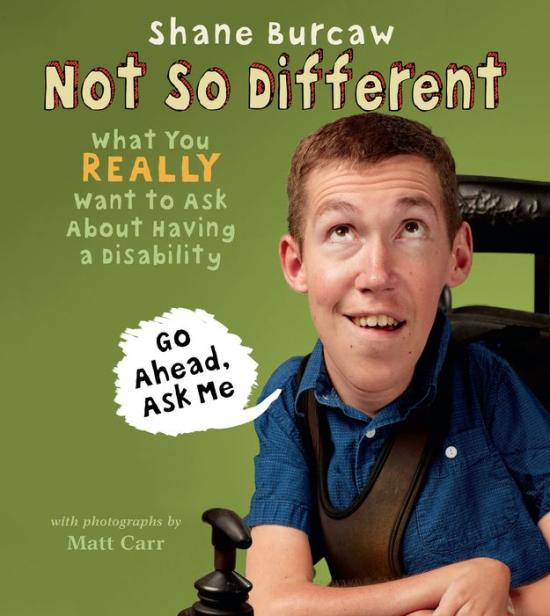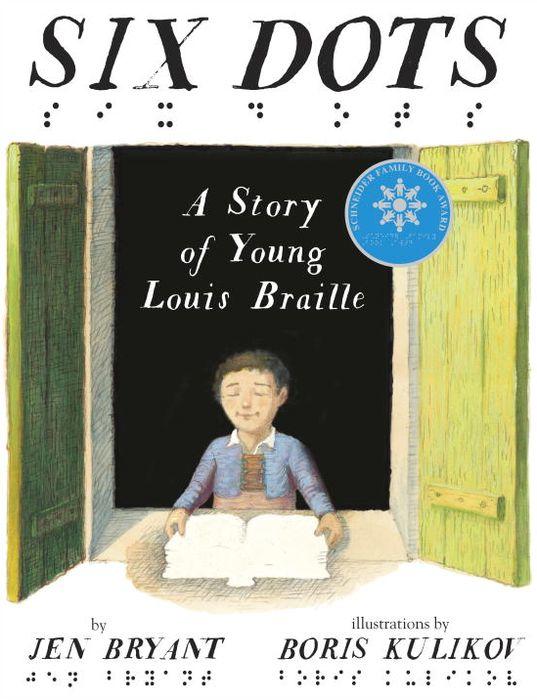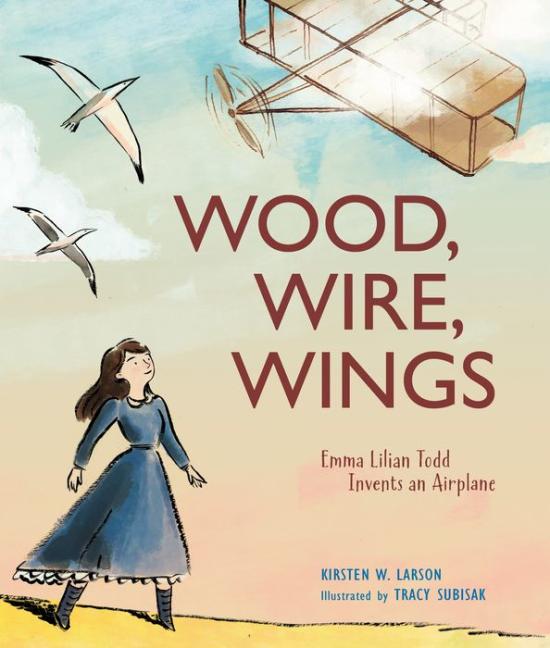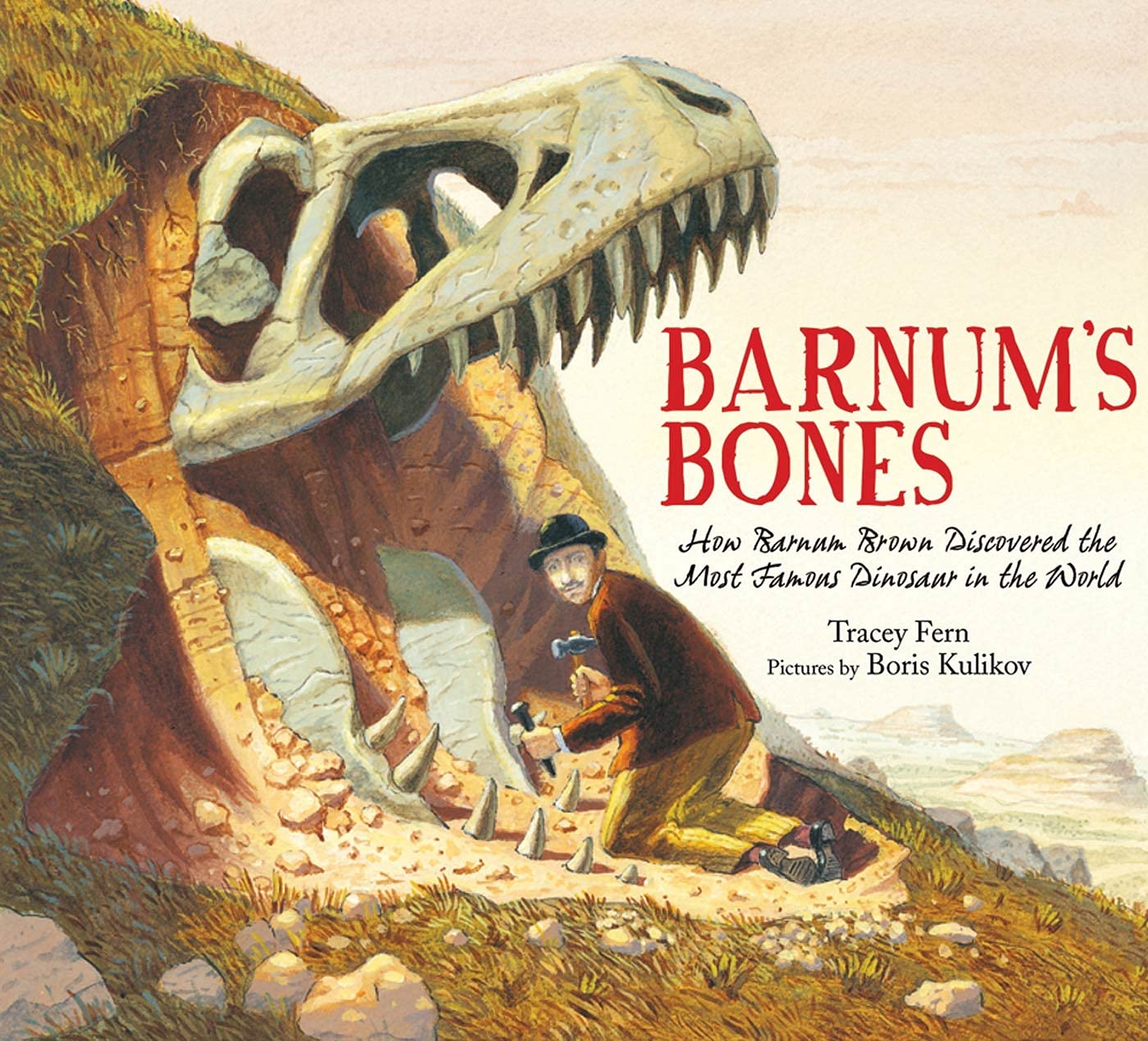Clovis has a terrible temper. He’s been learning how to control it with calming tea, deep breaths, and his beloved late granny’s wise words in mind: “Grace, grace. Nothing broken to replace.” His new job running her old china shop helps put him at peace.
But when bullies from his football days come to heckle him at the shop, Clovis faces a big challenge that even deep breaths and Granny’s words might not be enough for. Will Clovis give in to the urge to charge even if it means destroying something he loves?
In stressful situations, Clovis tries his best to stay calm. However, when heckler’s break his granny’s teacup, Clovis charges. When he has the hecklers cornered, Clovis is reminded of his granny’s words, which allows him to calm down. In a unique twist, Clovis invites the hecklers to have a cup of tea with him. In the end, the hecklers help Clovis clean up the mess in granny’s shop. “Little by little, they helped Clovis pick up the pieces, putting right what had gone wrong. And always Clovis served tea. By the time his shop reopened, a few things had changed. Clovis had old hobbies, new friends, and plenty of grace to go around.”
Through Clovis’ experiences, the reader will learn ways to destress. For example, Clovis listens to soothing music, he does yoga, he has chamomile tea, and he breathes to the count of ten. However, Clovis isn’t perfect and he loses his cool, but he finds a way to make everything right. When Clovis was being bullied, he could have retaliated, but instead, he treated the hecklers with kindness and they found common ground. Some younger readers may not understand all the underlying themes in Clovis Keeps His Cool, but it will give parents the opportunity to discuss anger, bullying, and forgiveness with their children.
While Clovis Keeps His Cool is an entertaining story on its own, the illustrations are wonderfully fun and humorous. For example, the contrast between Clovis’ large size and the tiny china in the tea shop will make readers smile. Clovis’ facial expressions are detailed and help the reader understand his varied emotions. Readers will also enjoy looking for the cat that pops up in several pages.
Even though Clovis Keeps His Cool is a picture book, the story is intended to be read aloud to a child, rather than for the child to read it for the first time independently. Each page has 2 to 4 sentences. However, some of the sentences are complex and readers may need help understanding some of the vocabulary. The varying size of the text adds interest to the page and also helps reinforce when Clovis is angry. The story’s alliteration, onomatopoeia, and dialogue make the story fun to read aloud.
Clovis Keeps His Cool will resonate with every young child because everyone gets angry at times. The unique setting, animal characters, and entertaining story will keep readers engaged as it teaches the importance of staying calm. Whether you’re looking for an educational book or a book to read just for fun, Clovis Keeps His Cool is an excellent choice.
Sexual Content
Violence
- Hecklers come into the tea shop and one throws a teacup at Clovis. Angry, Clovis “tore through town, hot on the hecklers’ hooves. The stampede didn’t stop until he’d chased them to the end of a dark alley. . . Clovis snorted and pawed the ground.” Clovis controls his temper before he hurts anyone.
Drugs and Alcohol
Language
- Someone calls Clovis a wimp.
Supernatural
Spiritual Content
